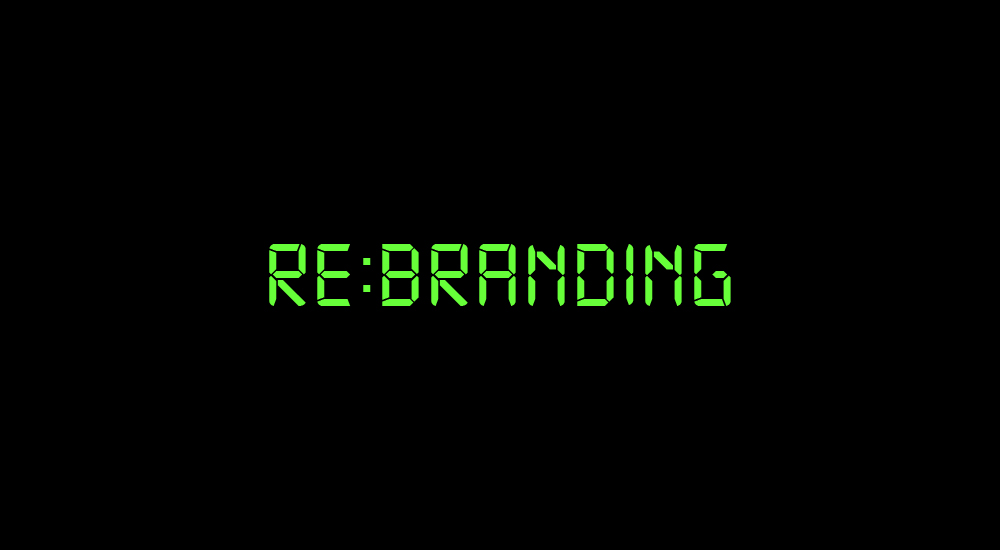Let's Talk
We would love to hear from you. Want to know more about our services or have any questions? Say Hi!
Rebranding with a Perfect Timing

Rebranding is not an alien concept to the advertising world. It is a known fact that both start-ups and Fortune 500 companies have resorted to rebranding for specific ends during their brand journey.
Companies however have legitimate doubts about this exercise. When we at Litmus Branding come across such apprehensions in our clients, we tell them re-brand is an evolutionary exercise. However before anyone embarks upon it, they should be a certain awareness, as to “when” the next step is due.
In this blog, let us discuss the appropriate timing for rebranding.
The familiarity factor
Nielsen’s Global New Product Innovation Survey discovered that nearly 59% of people prefer to buy new products from familiar brands, and 21% bought from a brand they liked.
As per, 6 Creative Stages of Branding Design: Step-by-Step Guide, on Medium by Tubik Studio, in branding, and rebranding scenario, a company needs to thoughtfully consider their brand communication strategy. A good idea would be to start with a general survey via e-mailers or any other direct communication medium to figure out if the audience is at all “familiar” with your brand. If the answer is in the negative, then definitely you need to go in for a full-fledged rebranding exercise.
Expansion or/and unexpected popularity
In 2018, Mail Chimp realised that it had grown bigger than expected. It therefore went in for a relaunch, as a full-service marketing platform, aiming for a complete redesign of its brand identity. In the public consciousness, ‘Mailchimp’ was well identified as a mailing service, but in actuality, they had gone beyond just mailing. It now all other kinds of marketing gears, as well.
The new logo they chose was Freddie, the chimpanzee. Earlier, “Freddie had never been the logo for the company. But he was what was most beloved about it. And that clicked,” notes Brian Collins, founder and chief creative officer at Collins, a design agency that executed Mailchimp’s makeover.
The new identity reflected a new promise and the sassy monkey just caught people’s fancy. Striking the right chord at the right time is often an outcome of careful consideration of the brand communication strategy, says I-Hsien Sherwood for an article for AdAge, Why Top-To-Bottom Rebrands Are All The Rage.
Change of demographic focus
A flourishing company will make efforts to reach out to a wider customer base. The commonest trend observed these days is a company choosing to rebrand itself to attract the millennials. Adidas is one such example, the brand has expanded market share compared to Nike and Under Armour, by seizing the most-loved millennial clothing category — the anti-leisure and concentrating digital and influencer marketing.
A technological swing
At a time, when technology is disrupting the industry, a rebranding could essentially be tech-related. For instance in food, its agri-tech related, even everyday products like toothpaste and toothbrushes have rebranded themselves and come out with organic options.
Business modification
In case your company has acquired/merged with another company, the brand has to echo this big change in a big way, which makes for another major rebranding opportunity. For instance, if it is a merger, then a brand strategy, called fusion branding could work very well. Both the brands have to work in unison to find a common ground for all market communication. Phillips and Conoco gave birth to a new name, ConocoPhillips and a new logo as well, points out Stewart Hodgson in Together we brand: Behind every great merger, there’s a great merger branding strategy, penned for a creative agency, Fabrik.
Last words — a rebranding strategy must always be based on sound reason and perfect timing so that it does not backfire.


